Parties and social occasions don’t interest me. I’d rather curl up with a book.
Sanjay Leela Bhansali
Like the best of storytellers, Sanjay Leela Bhansali and reading go hand-in-hand. One would presume the same by merely glancing at any of his movies: details chiselled into the frame, whether it’s textile or the texture, colours carrying personalities of their own, emotional complexities layered with socio-political and historical contexts. His multifaceted personality (he’s a director, producer, writer, editor, composer, etc.), his persistent perfectionism, and his natural musical sensibilities have led to arguably some of the best literary adaptations Bollywood has ever seen (with some mishaps along the road).
Recommended Reads: The Thrilling Stories of Sriram Raghavan: Honest Thieves, Tender Murderers
However, tread carefully, dear reader, for drama, especially melodrama, isn’t everyone’s cup of tea, but it certainly is Sanjay Leela Bhansali’s. You’ll see a woman of the Bhodro Lok (the “sophisticated people”) Bengali society dancing with a courtesan, a queen giving an emotional speech before beseeching the women of her kingdom to sacrifice themselves, or a king dancing with gusto after a strategic win. Does it take away from the original story? I think not.
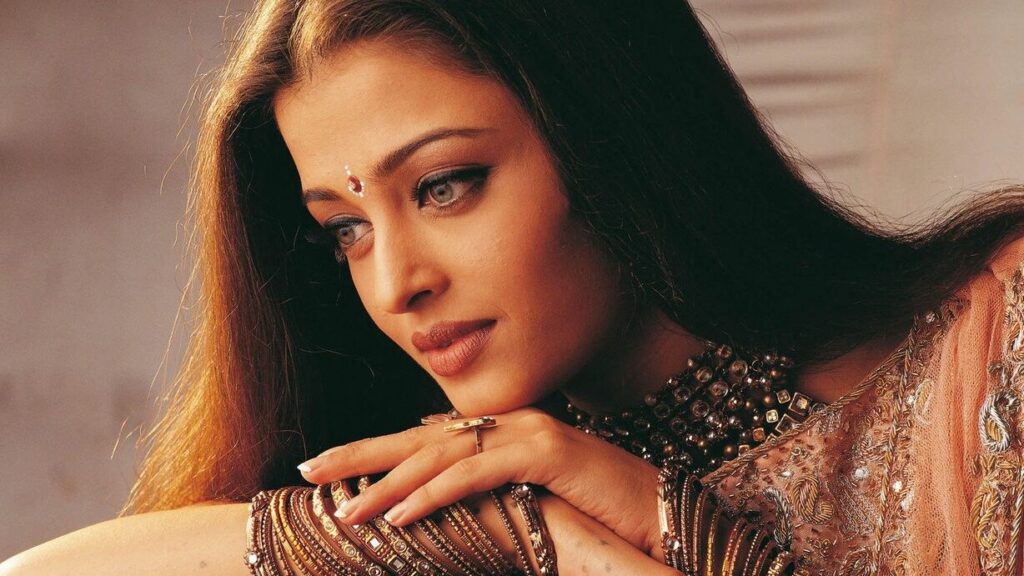
Though Sanjay Leela Bhansali and his movies are no strangers to controversies, Hum Dil De Chuke Sanam faced a peculiar one. His very second film was sued by Maitreyi Devi’s family, a case they won, for plagiarising from Na Hanyate, a novel written in response to Mircea Eliade’s Bengal Nights, recounting their relationship, one fraught with cultural tensions, misunderstandings, and regrets.

There’s a certain intimacy in Sanjay Leela Bhansali’s filmography: the camera zooms in on one character, the music fades away. Come closer, for it’s a moment of reckoning, a moment of decision, a moment of consequences. These scenes and their direct contrast to Bhansali’s “overstuffed” frames render them all the more effective and impacting. The quiet moments between Nandini, in love with Sameer but married to Vanraj, and Vanraj, a duty-bound husband in love with his wife who’d rather see her happy than stuck, reflect their changing dynamics perfectly.
Ismail Darbar’s music, Aishwarya Rai’s screen presence, Anil Mehta’s cinematography, and Sanjay Leela Bhansali’s vision created a classic whose popularity never waned since its inception. Bhansali had truly arrived! While his first, Khamoshi, was critically acclaimed, it bombed at the box office. HDDCS gave him the credibility and freedom to follow his vision in the next movies. Moreover, the Bhansali-Rai duo will go on to work together for two more movies.

Sanjay Leela Bhansali’s stories derive their emotional complexity as much from what happens as from the what-ifs. What if they met earlier? What if society wasn’t as rigid and cruel? What if they’d waited a few seconds before that fatal decision? Nowhere is it more apparent than in Bhansali’s next directorial project, Devdas. While the original eponymous novel by Sarat Chandra Chattopadhyay has been adapted several times before and since, the 2002 film stands out for its vision and eye for detail. And, of course, the performances by the leads, Aishwarya, Madhuri, and Shah Rukh.
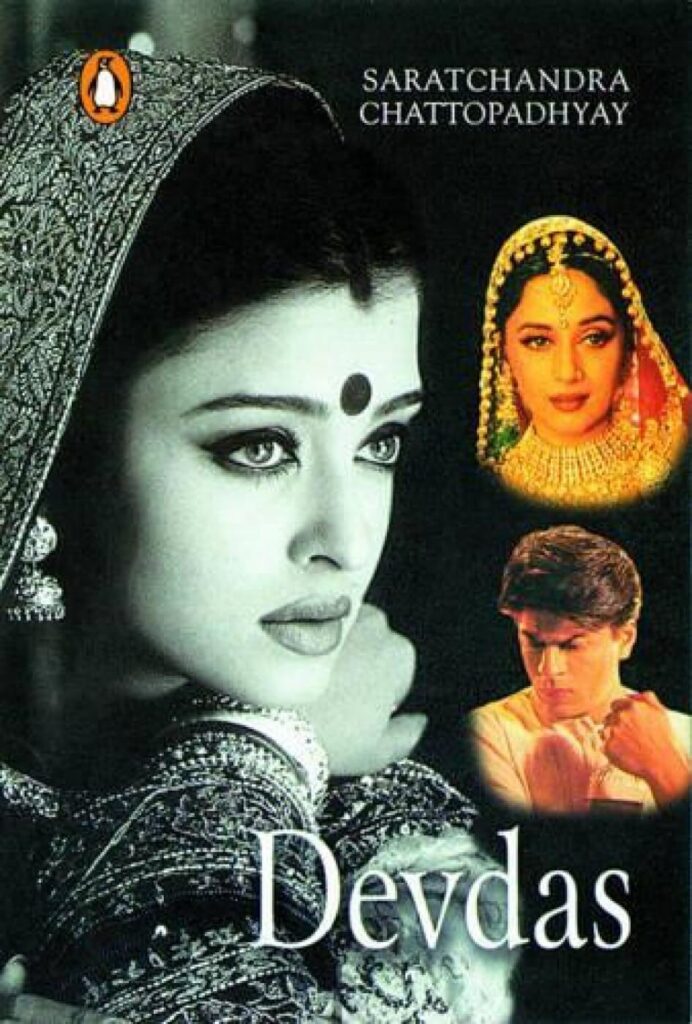
From the elegant set and costume designs to the eloquent musical scores, Bhansali created a cinematic experience as vivid today as it was then. It’s a story of tragedy, grief, the devastating improbabilities and games of life, and the adaptation almost extrapolates those sentiments, creating magic the Bhansali way.
Shifting Gears with Black
The success of his previous endeavours emboldened the director to create arguably his most personal work, inspired by Helen Keller’s autobiography, The Story of My Life. Michelle McNally, a deaf and blind woman, played flawlessly by Rani Mukherjee, faces a prison of her own darkness, struggling against a world that doesn’t understand her and, worse, often refuses to acknowledge her strengths and personhood. Then there’s her mysterious teacher, Debraj Sahai, an ageing alcoholic, played deftly by Amitabh Bachchan.
The film resides in its darkness and quietude, with faces and shots doing the talking instead of words for a change. It’s visual poetry, plain and simple, from the magical locations to the intimate close-up shots, accompanied by a haunting soundtrack (with just one song containing lyrics). Like Keller’s autobiography, Black is a story of the struggles and victories of the human spirit. It’s a movie about the inherent need for a human connection in our lost existences and the impact education can have on one’s life in breaking societal barriers and surpassing expectations.

Let’s move on to the next, perhaps his weakest, at least in my opinion: Saawariya. Despite much anticipation and hype, the film was a critical and commercial disaster. An adaptation of White Nights by Fyodor Dostoevsky, Saawariya establishes the fact that Sanjay Leela Bhansali loves showing romantic triangles on screen. Jokes aside, emotions are fickle, fleeting, unreliable, embarrassing, and Saawariya is a story of human emotions and their multitudes, a story, however, too self-indulgent.
Bhansali’s strength is, and has always been, combining the personal with grandeur and the grand scheme of things, as things go wrong (or sometimes right) like clockwork. Here, though, storytelling and characterisation take a backseat as grandeur and aesthetic sensibilities have a field day. It’s a gorgeously shot film, attractive to look at, but lacks a solidly written foundation.
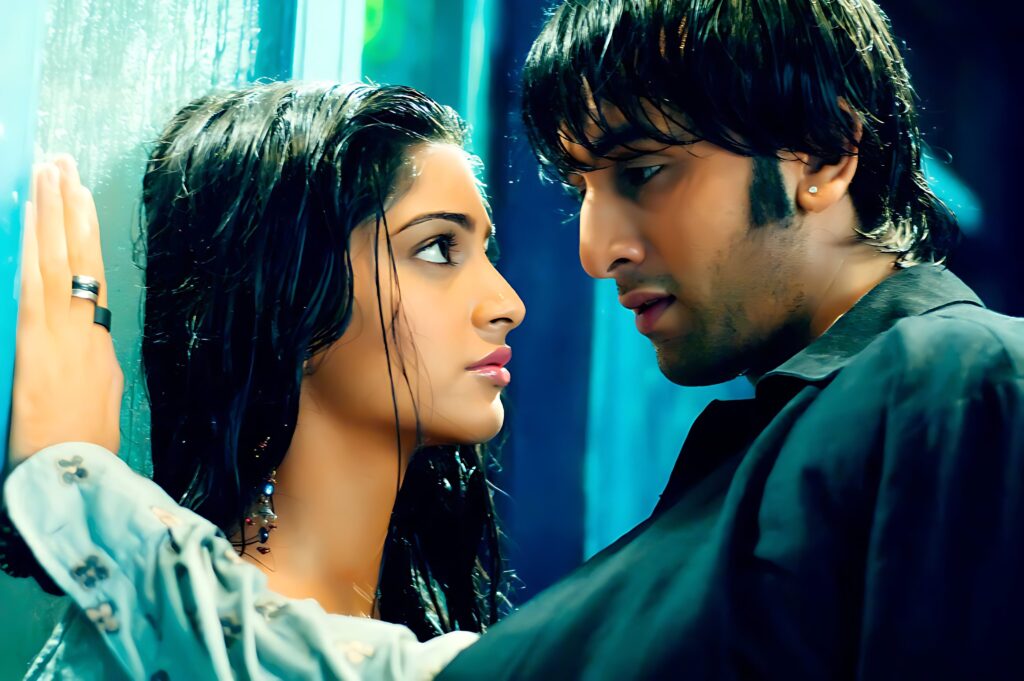
Despite the abundant clichés and writing mishaps, its musical score and cinematography are notable and, like the best of Bhansali movie scenes, the film’s casting choices make you wonder, what if?
The Highs and Lows of Sanjay Leela Bhansali’s Filmography
We know Bhansali’s love for the melodrama. So what happens when he and the father of English drama walk into a bar? Magic, that’s what.
Ditch all the festivities and norms of Romeo and Juliet’s Renaissance Italy, for it’s time for some Gujarati charm with Goliyon Ki Raasleela Ram-Leela. Amidst garba dances and gunshots, Ram and Leela fall in love with each other despite their clans being at each other’s throats for centuries. The changes in the plot serve to increase the drama of the story (obviously) while firmly rooting it in an Indian context. Romeo’s friends congratulating him for “soiling” Juliet’s reputation might not work in Shakespeare’s Italian setting, but it certainly does in Surat, Gujarat. There are fingers being chopped and mass murder documents being signed, all against the backdrop of shootings and schemings.
It’s a quintessential Sanjay Leela Bhansali film: displaying human tragedy and the inevitability of love and loss, large set designs and an even larger-than-life experience, music and sounds playing as important a role as the visuality of each scene, and vivid colours: the “overstuffing”, that in someone else’s hands will likely create a mess.
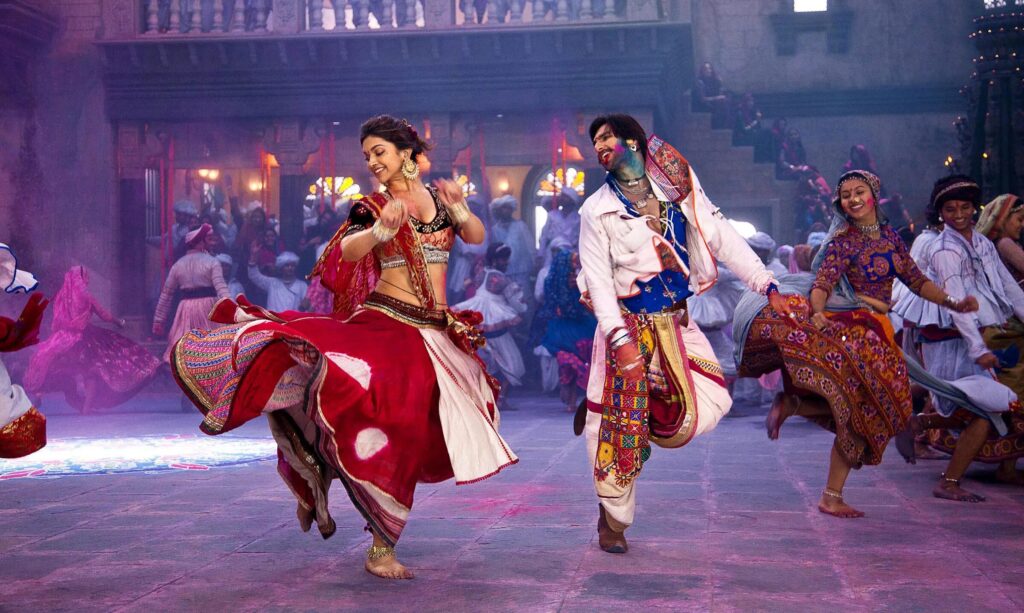
What works best, perhaps, is the lead pair, one of the best casting decisions in recent times (both on-screen and off-screen), as they’re naturally charismatic and share a chemistry that makes the otherwise dramatic and perhaps even illogical screenplay work perfectly. Ramleela is a treat for those who love visual extravaganzas masquerading as movies. The score by Monty Sharma and songs by Hemu Gadhavi and Bhansali himself combine traditional folk music with modern beats, and the result is a mesmerising album, one that complements the plot as well as standing on its own.
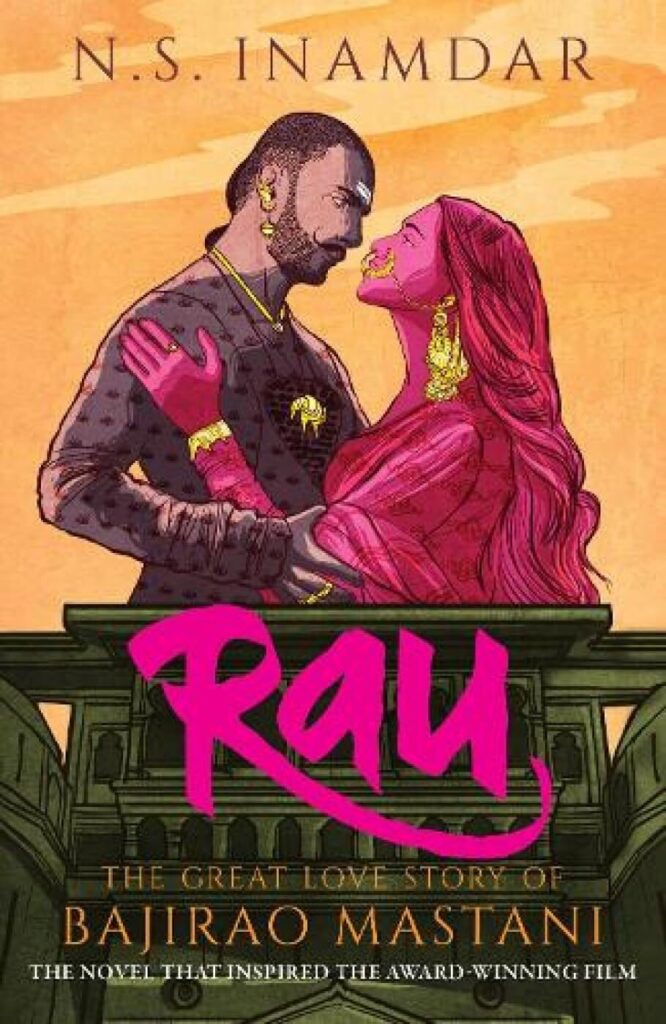
“Not enough movies depict our history” is a common refrain I’m used to hearing. What that refrain usually bemoans is a lack of movies depicting our glorious history, one where utopia reigned supreme and everything was hunky-dory. With the rise in such “historical” movies in the past few years, our next choice can be a great case study. It has a certain detachedness, a perspective that renders these epic, historical characters as… characters, with less of the “epic” and “historical” part.
And so we arrive at Bajirao Mastani, based on N.S. Inamdar’s Marathi novel, Rau. Consider the character of Peshwa Bajirao, one who never lost a war, one who defeated emperors without fighting a war, one “whose sword must not be questioned,” being admonished by his wife for stripping away her pride, or Kashibai, his wife, naive and innocent, not sidelining Bajirao’s infidelity or remaining a passive observer despite her expected “duty”, or Mastani, a “dancer girl,” fighting for her love, her rightful place in the world that refuses to accept her. By giving these characters agency, perhaps more than the times would’ve allowed for, he creates stories that are as rooted in their time as unshackled by it.
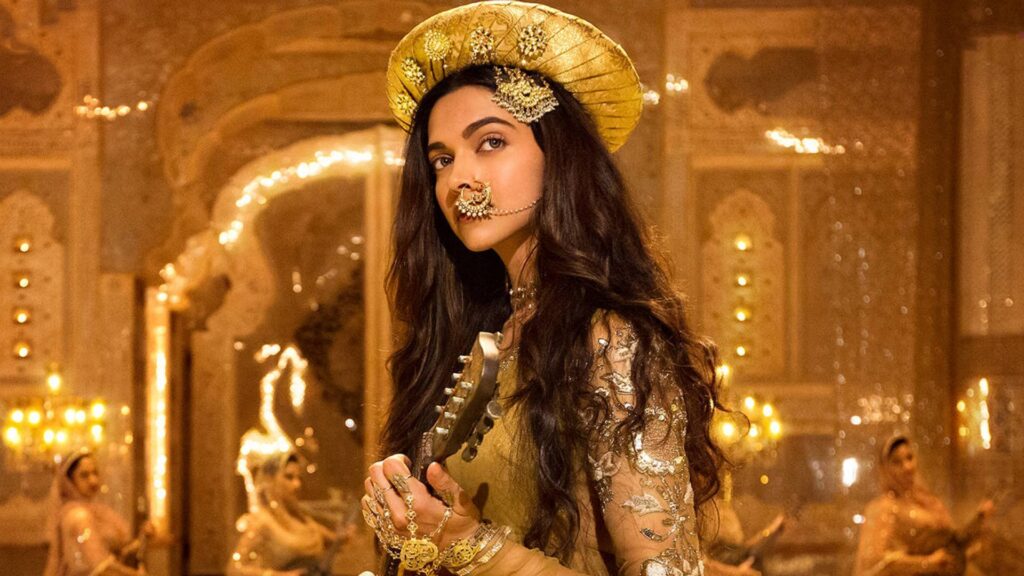
There are, of course, the usual Sanjay Leela Bhansali elements: a gorgeous music album, dialogues with a certain gravitas creating larger-than-life characters, detailed architectural designs, heightened emotional intensity. Where the movie shines the most is in its core theme: one of harmony and cordiality across religions, of shunning social and religious orthodoxies. Marrying a half-Muslim woman in a patriarchal orthodox royal family (that too, being a Peshwa) is no laughing matter, and the magnified character portrayals depict the conflicts perfectly.
Talking of conflicts, who remembers (or rather, who doesn’t remember?) the controversy around Padmaavat (earlier Padmavati)?
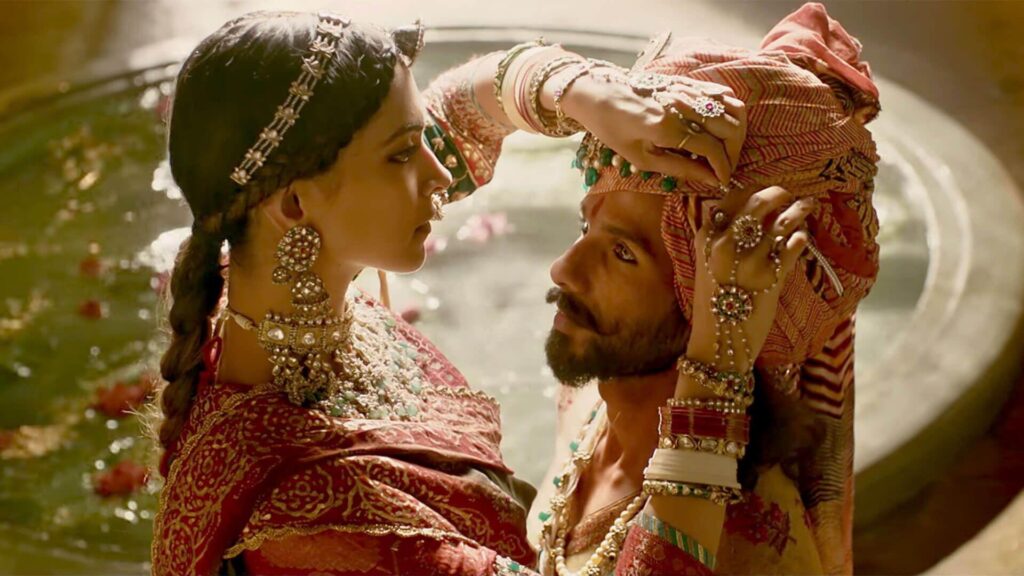
Claiming the film shows Padmavati in a bad light (without any evidence), several Rajput groups vandalised sets, sent violent threats, and held aggressive protests all over the nation, causing multiple delays in its release. As ironies usually go, however, the film was criticised not for its portrayal of Padmavati but for Alauddin Khilji, by historians. While not grounded in geographical and historical accuracies, the same as Malik Muhammad Jayasi’s poem on which the film is based, it’s also unfaithful to the text.

Bhansali’s adaptation is bereft of the Sufi overtones of Jayasi’s poem, nor is it based on facts. The result, then, is something that floats without a foundation, a creation suspended without a solid base. At best, it can be seen as a fable (not undermining the expansive shots, stunning cinematography, enchanting musical score, and captivating aesthetics you’d expect from a Sanjay Leela Bhansali film) with “good” and “bad” sides; at worst, it’s another step at caricaturing Muslim rulers in an already polarised country through misrepresentation and stereotyping.
Gangubai Kathiawadi and Beyond
Despite the aesthetic allure of Padmaavat, it’s largely a misstep for a director whose films have largely had a tolerant, inclusive, diverse sentimentality. But humans have follies, and follies should be forgiven, for who knows, they might give way to a Gangubai Kathiawadi?

Based on one of the 13 stories of Mafia Queens of Mumbai: Stories of Women from the Ganglands by S Hussain Zaidi and Jane Borges, Gangubai Kathiawadi is a deviation from his last few movies, a risk for both the director and the lead actress. And it, ladies and gentlemen, paid off, and how! Best described by this But Why Tho review, “Gangubai Kathiawadi may be exaggerated and dramatized, but it is an epic and moving history of a woman and women that would otherwise be ignored and forgotten.” Pretty much sums up Bhansali’s filmography.
Everything works for the movie, whether it’s the music, production value, cinematography, acting performances, direction, or writing. The conventional portrayal of prostitution in Bollywood has been one evoking either disgust or pity. However, Sanjay Leela Bhansali’s Gangubai is resilient, witty, beautiful: basically, anything but pitiful. It’s especially Alia Bhatt who owns the screen, showing a kind of maturity and magnetism that’s at par with any of her roles before.
The movie shows the world of prostitution and crime in Mumbai while having an almost innocent emotional core. Despite his knack for the melodrama, Bhansali balances that innocence brilliantly with the gritty reality of the world his characters inhabit. The music by Sanchit and Ankit Balhara, the cinematography by Sudeep Chatterjee, and, most importantly, the performance by Alia Bhatt, powerfully and graphically portray the journey of the titular character, an exploited and naive young girl becoming a powerful and determined woman who’ll leave behind a legacy of her own.

Gangubai Kathiawadi was a major commercial and critical success, receiving several national accolades.
It’s rare to find a director with a vision and rarer to find one who gives it life with such finesse. As his latest, Heeramandi, makes the news and becomes the most-streamed series on Netflix, there’s much that Sanjay Leela Bhansali has yet to create, and I only hope many of them will have literary sources. After all, hum dil de chuke sanam (Darling, I have given my heart away)!







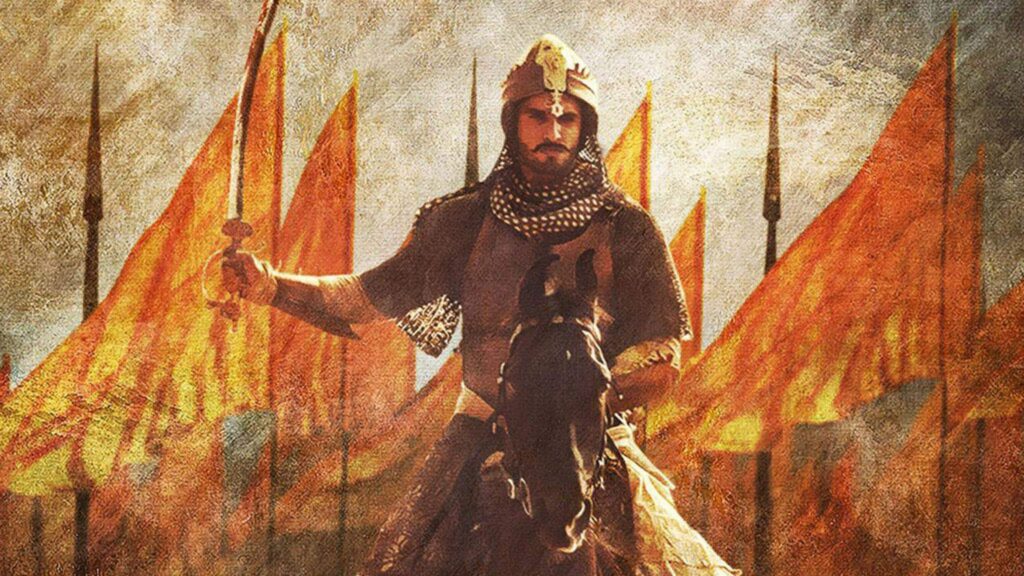

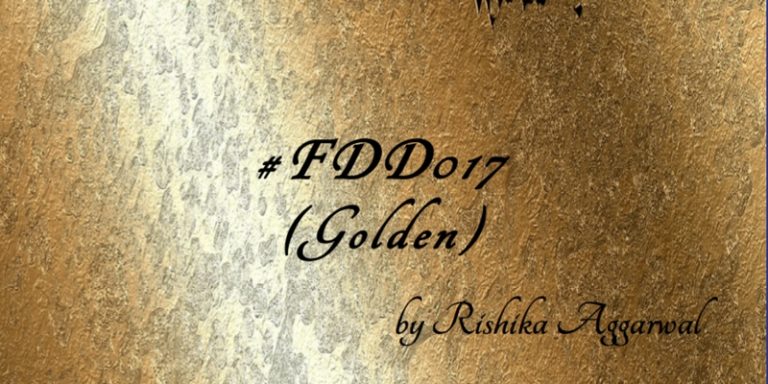
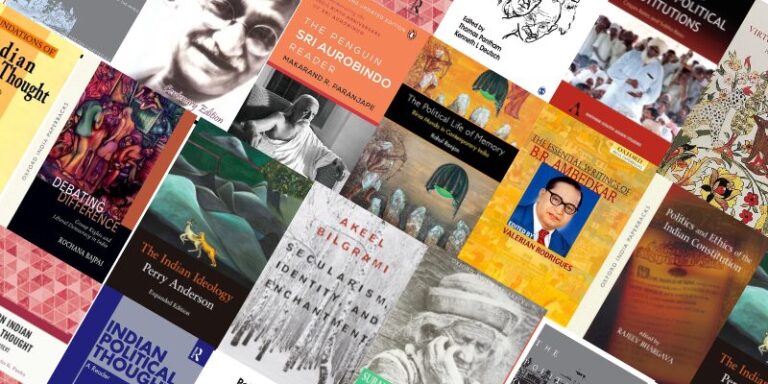

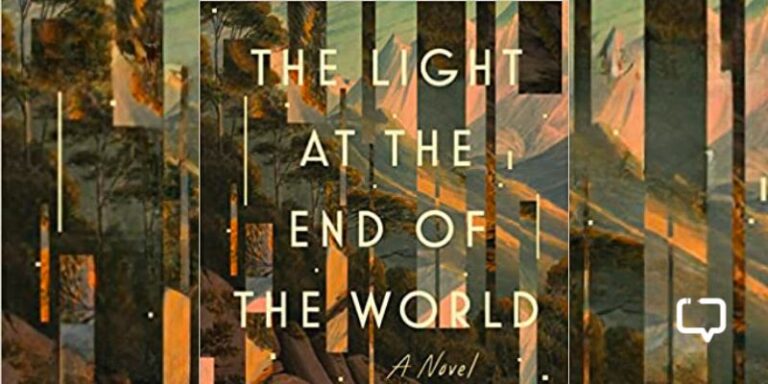
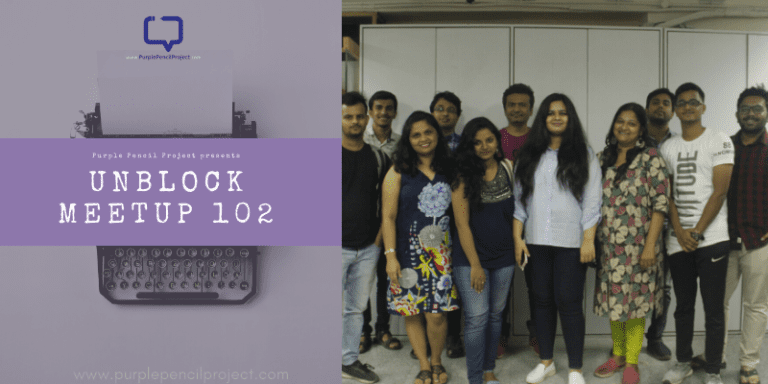



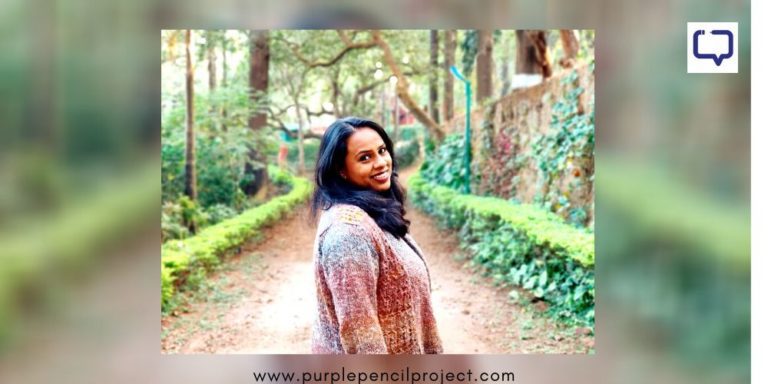
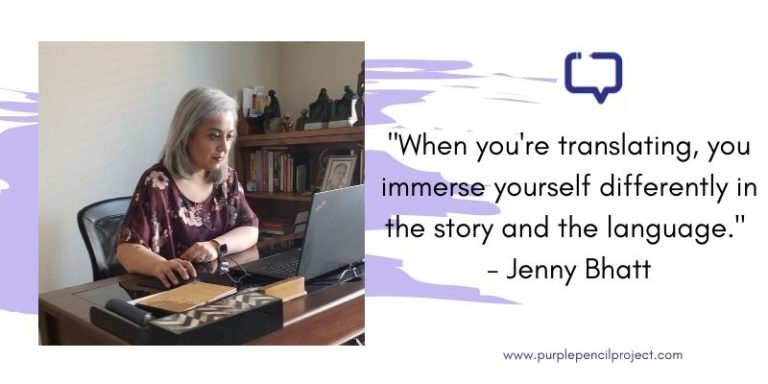
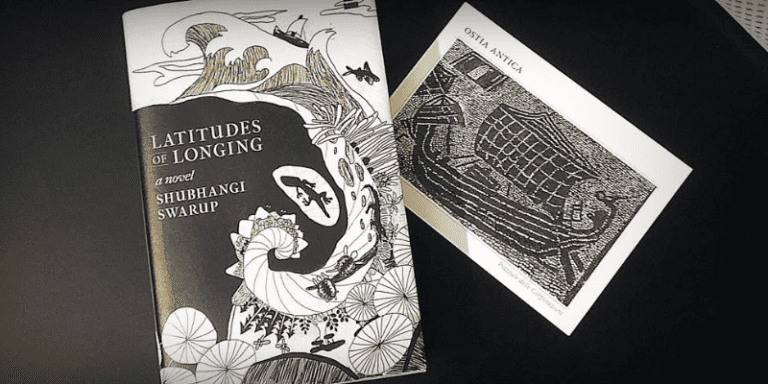


2 Responses
Even though I do not agree with your views completely, I admire the eloquence and enthusiasm with which you present the same. Well-done!
On days, I don’t agree with my views completely either. :p
Thanks a ton!